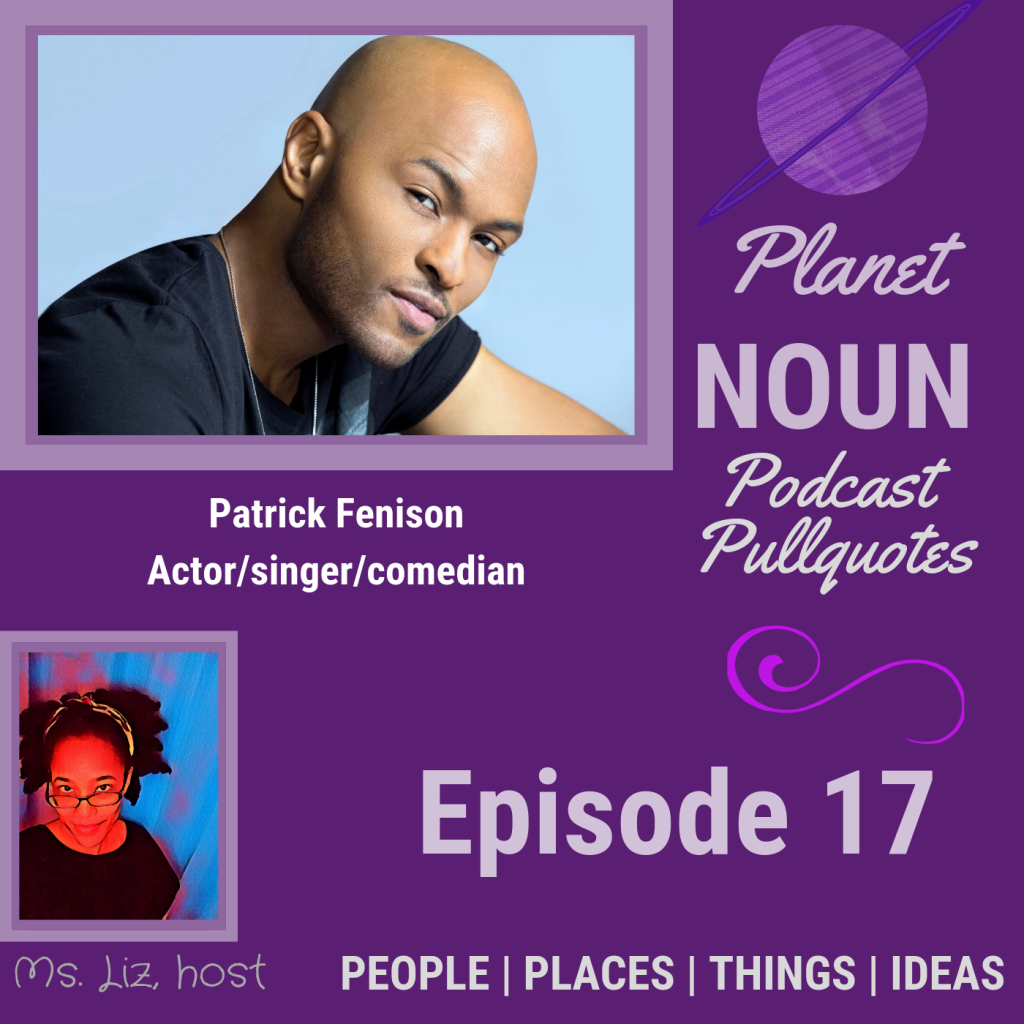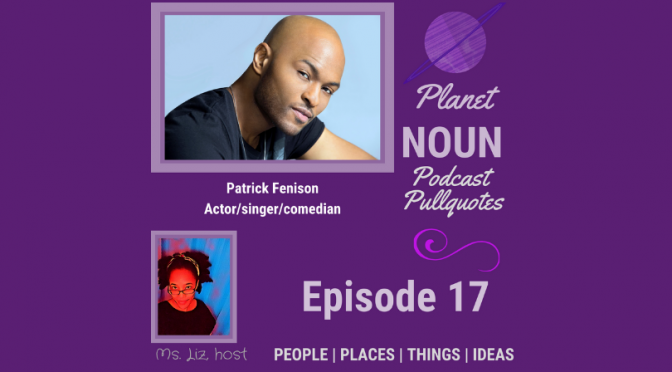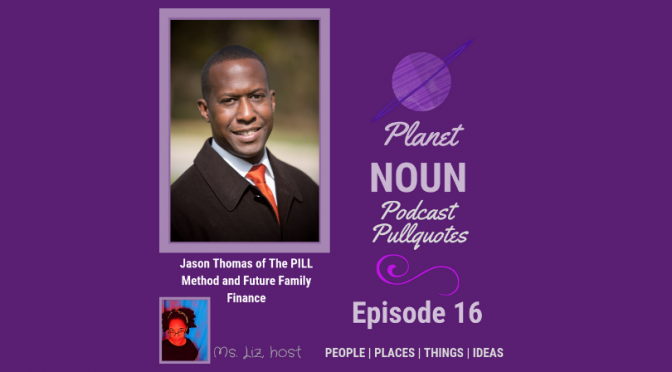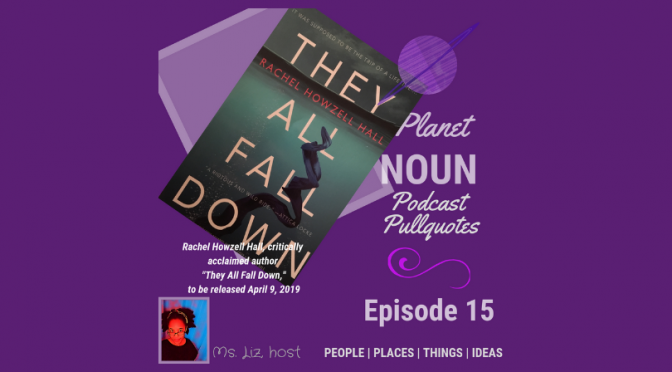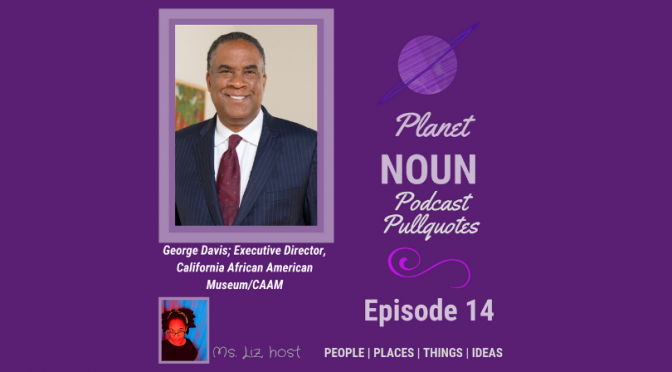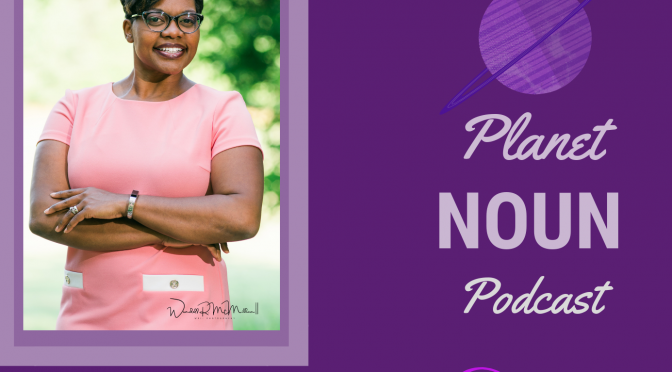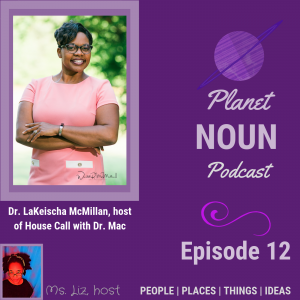Some ideas cause perspiration to spring out of my eyeballs with nowhere to go—but down my cheeks.
(WASHINGTON)—Imagine getting to a scene to report the goings-on at an annual festival dedicated to advancing the cause of pediatric cancer advocacy, and the need for more research funding and updated treatments.
Pretty straightforward, right?
Get sound with folks who say why they’re there, take and Tweet some photos, cut up sound, file audio and web stories, then leave.
You pull out your recording equipment and earbuds while scoping the layout at Freedom Plaza. Who will you talk to? When will you talk to them? You pull up your question list and take note of an announcement that a program is about to start on the main stage.
Cool.
And you position yourself to capture audio. You take a few photos.
Cool.
And someone takes the stage and starts sharing the latest progress from the weekend. It’s good news.
But your cheeks quiver.
Hummm… That’s odd…
Then your eyes start feeling misty.
Huh? No one’s said anything particularly sad. The lady on the stage just announced more federal funding toward pediatric cancer research.
But the mist turns to plump tears. But that’s fine. Maybe they’ll evaporate.
Or maybe not. But as long as they teeter on the edge of your eyes, you can blink them back.
But nope! They won’t blink back because other drops are waiting to take their place.
Damn.
On scene for five minutes and already crying.
Lordy be, this happened to me last month when covering CureFest 2018.
I usually don’t get in my feelings while covering a story because compartmentalization is my friend.
Didn’t work that afternoon.
Another tear came, and another, and a sister and a brother, but unlike the previous ones, this newer collection didn’t slide down my outer cheek…. they slid right down toward my nose.
I figured no one would want to talk to me if I looked as if I were about to snot.
Where were my tissues? In the work SUV. Something told me to bring them, but I left them behind with the thought “Nah, won’t need those today.” I was wishing I had listened to my first mind.
At the plaza, there was someone with a camera standing next to me. I assumed she was a fellow reporter. She looked like she was wiping away a tear or two with her hand. Wasn’t sure if she saw my disintegrating poker face or not but either way, I needed paper products.
So I went up to a stranger under one of the tents and asked for tissue.
“I’m here for work, and I usually hold it together at work,” I told the kind-faced lady while waving my hands at my cheeks, a failing attempt to fan the tears away. “But for some reason, I can’t hold it together today.”
“It’s okay,” she said, opening her arms over the table and bringing me in for a hug.
I walked in.
She just hugged me while I apologized, closed my eyes and let more tears fall. I apologized again and asked for a tissue. I wanted to cry some more, but I’d soon be facing a deadline. Pull it together, sis.
The kind-faced lady didn’t have tissue, but she pointed me to the Kid’s Zone. That’s where I met another kind-faced lady named Kat, who didn’t have tissue, but paper towels.
“That’ll work,” I replied, so grateful that I’d have bountiful brawn to sop up my sadness.
“It’s okay,” Kat said. “No one makes it through this weekend without crying at least once.”
So at work we cover lots of stories about grownups behaving badly. Sometimes kids, too. But my hopeful cynicism melts when talking about darling little kids who suffer… kids who should be playing with toys and learning to ride bikes and (if any of them are like I was as a kid) eating dirt clods and pinching butterfly wings and licking their dust to see how it tasted. Don’t judge. I was a semi-curious child.
But it saddens me to my depths that children who are dealing with potentially life-threatening illnesses such as childhood cancers or sickle cell anemia—are learning to pronounce the multisyllabic names of their treatments, going to chemo, getting transfusions… along with learning their favorite hobbies, cartoon and video game characters.
In my deepest heart, I just wish they could be Toys R Us kids, or Game Stop Kids, or skateboard in the park kids, or jungle gym kids, or doll-baby kids or basketball, soccer, football, baseball, hockey kids. Hide-and-go-seek kids, and teens more concerned about passing a driving test than entertaining the idea they could very well pass away.
It took awhile for the emotions I feel when covering stories like this one, and this one to come to a head.
They did that day. And I cried.
According to the song Cry by singer-songwriter Lyfe Jennings, “See, crying is like taking your soul to the laundromat.”
My little soul was twice-washed that day at Cure Fest. But the second time, I was prepared with my stash of paper towel sheets.
And I met my deadlines.
FYI, September is Childhood Cancer Awareness month and Sickle Cell Awareness month, but those children and families who are grappling with these illnesses have to do so year round.
There are many organizations out there that advocate for more funding, research, and awareness. Take a peek at the following websites to learn more and find out what you can do to advocate for kids with cancer and sickle cell anemia. This list is just a start, there are so many more organizations that do great work at raising awareness.
Alex’s Lemonade Stand
St. Jude’s Research Hospital
Sickle Cell Disease Association of America
Cleverly Changing
